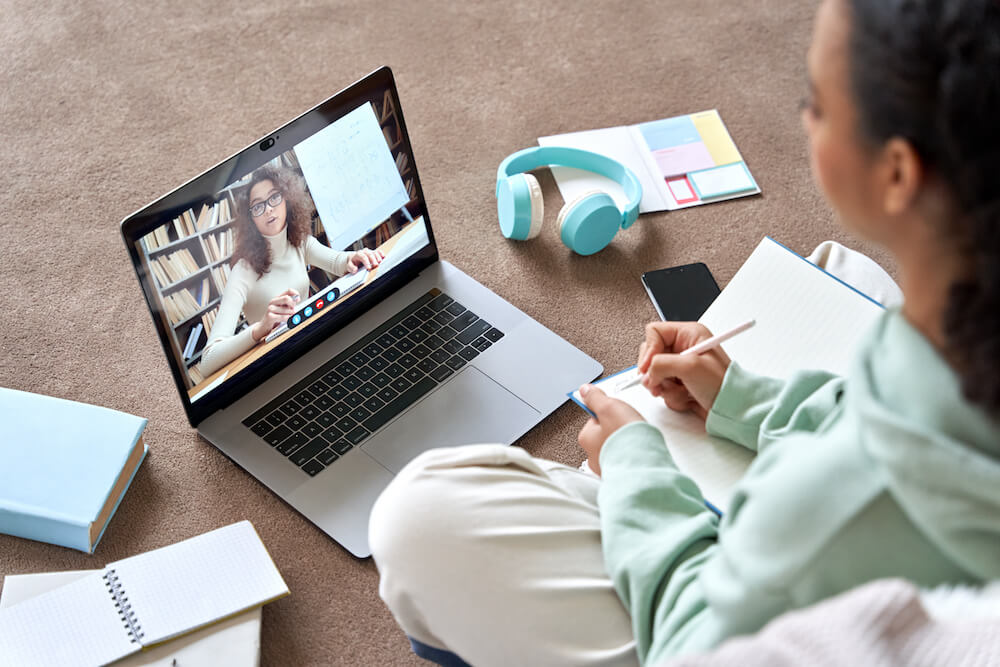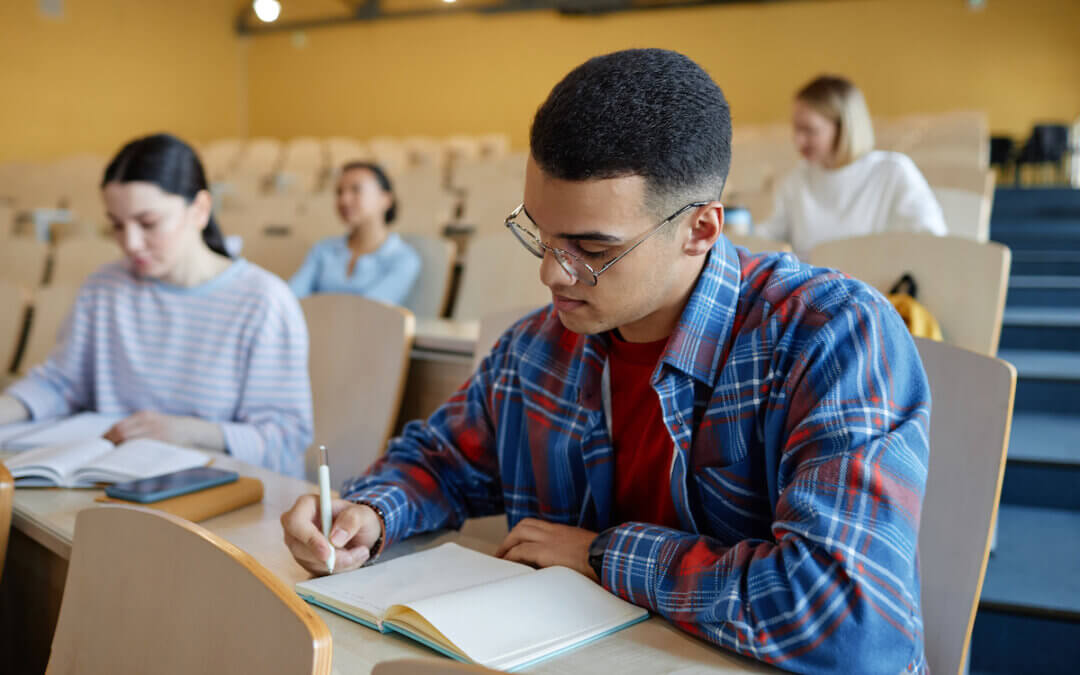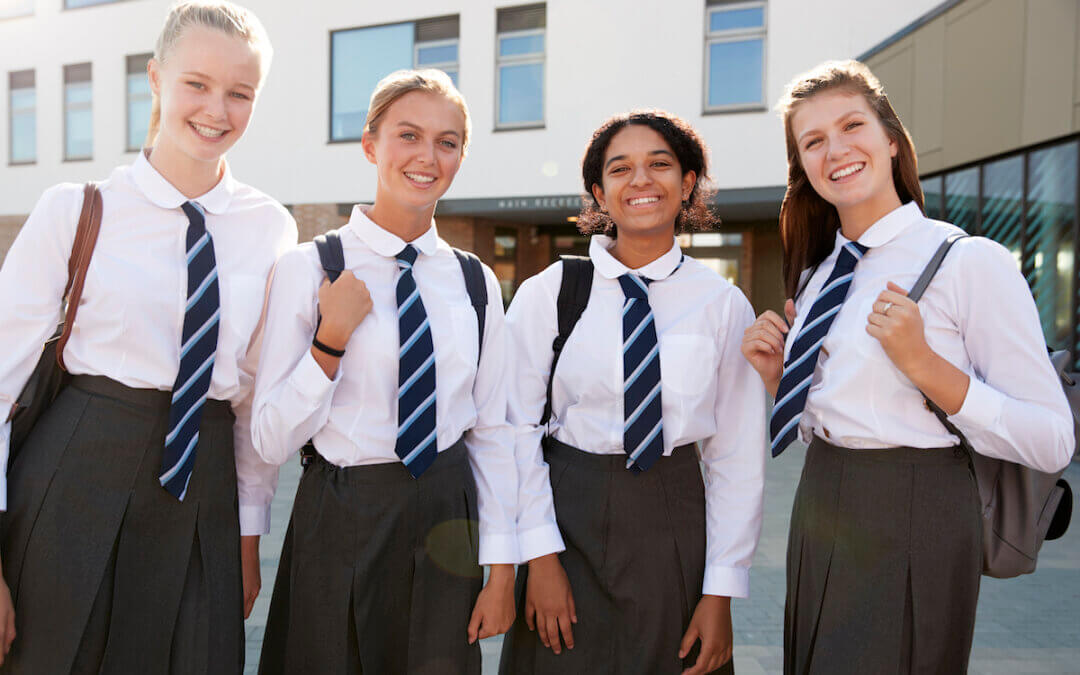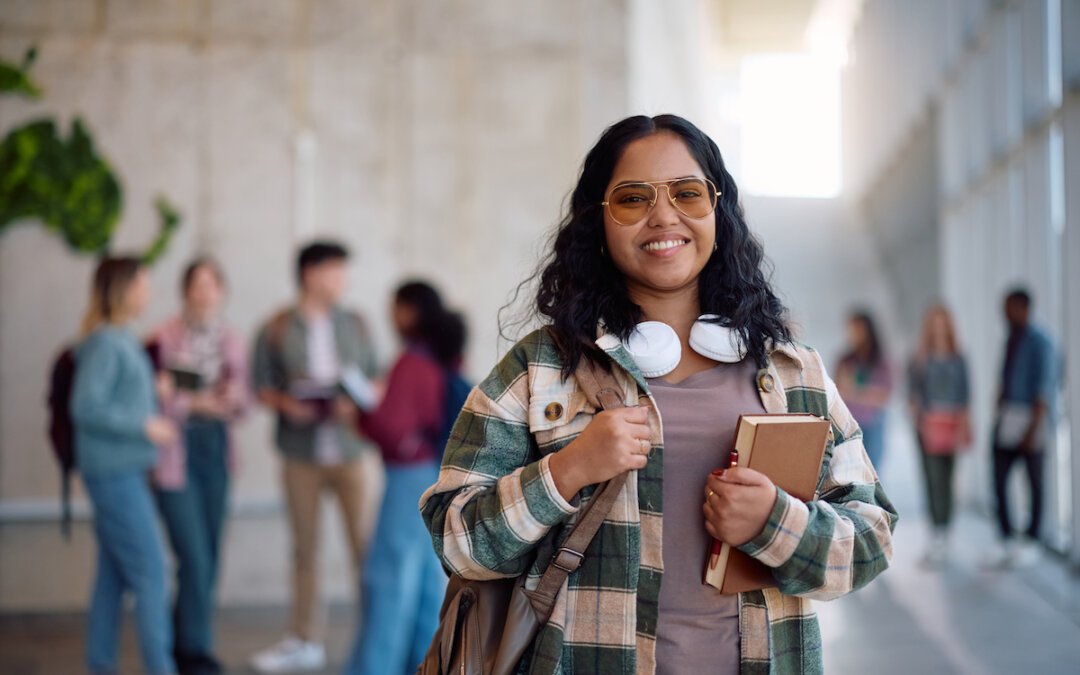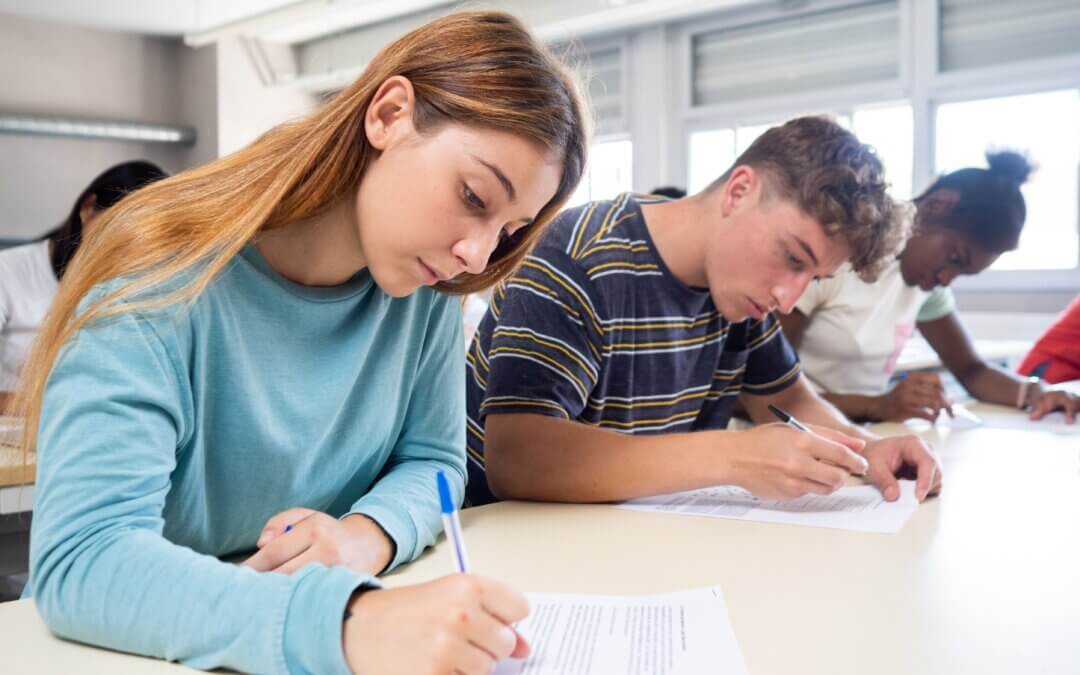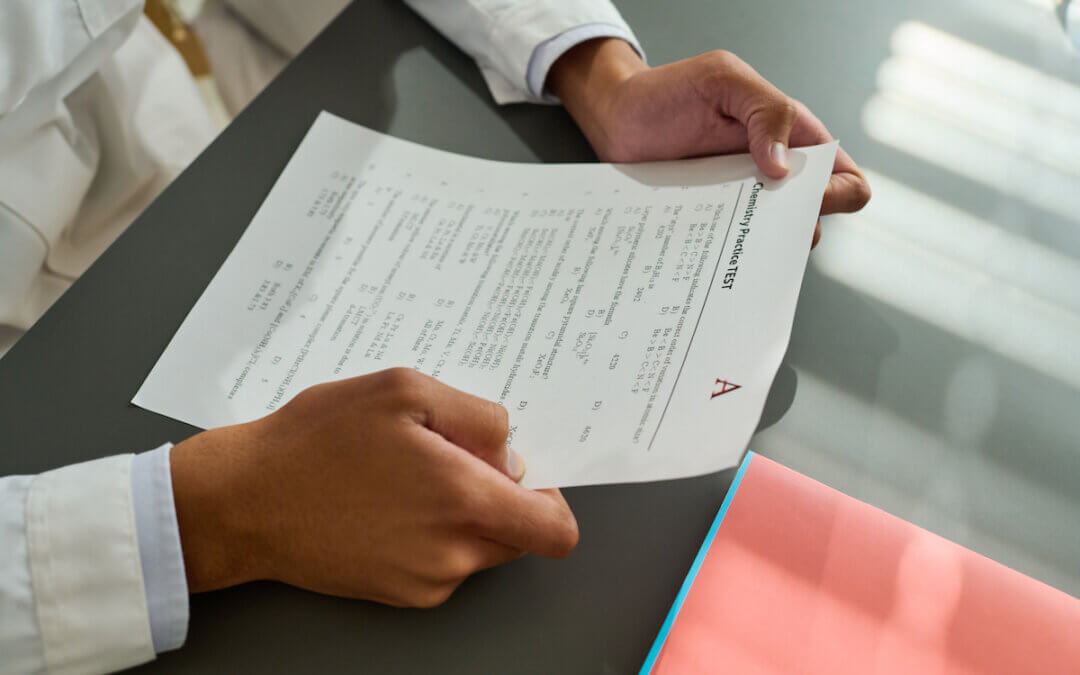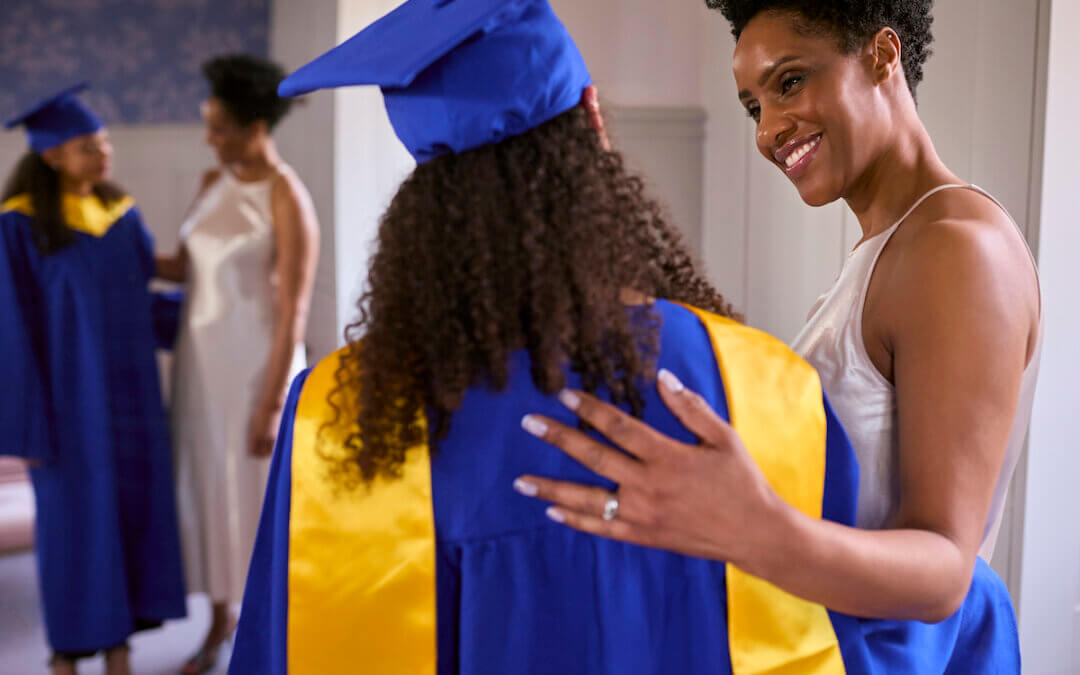As Ivy League schools have welcomed students back for the fall semester, administrators and faculty have taken various approaches to optimizing the endemic learning experience. With most schools emphasizing a transition back to the classroom, students and professors have voiced different opinions about the effectiveness of hybrid learning, as well as concerns for campus safety.
At Columbia, concerns have been raised about the university’s lack of instructions for the fall semester. Dr. Melanie Bernitz, the Senior Vice President for Columbia Health, stated that complete prevention of contamination would no longer be the school’s “top priority.” Even with Columbia’s vaccine mandates and requirement to wear masks within the classroom, Dr. Bernitz warned that it is “unrealistic to expect no positive cases,” an expectation that has left some instructors and students feeling uneasy. However, the educational institution has decided to focus on optimizing the face-to-face experience. Instructors have been encouraged to employ innovative methods to enhance hybrid learning, such as posting pre-recorded lectures before classes without reducing “course contact hours,” virtually inviting global guest speakers, and emphasizing in-person office hours. But students and instructors have protested that these guidelines are just not enough. A University Writing instructor and member of the Student Workers at Columbia, Johannah King-Slutzksy has characterized the university’s in-person teaching policies as “inconsistent.” While the university asks instructors to hold in-person office hours as often as possible, the University Writing director has encouraged the writing center instructors to host office hours over Zoom to prevent crowding the Writing Center.
Cornell students have also faced their fair share of COVID policy burdens. During the first week of September, the university declared that only 19% of isolation space was available for quarantining, thus encouraging off-campus students exhibiting symptoms to isolate at home.
Clara Enders ‘22 lives in a co-op, where one of her roommates tested positive. Cornell Health asked the patient to stay home, a stark difference to the year before, when the person would have been “yanked out of the house,” according to Enders. Eventually, Enders and the rest of the residents decided that the student should isolate outside of their co-op. Enders has stated that she was given “literally zero guidance” when she called Cornell Health for guidance— “I have no idea why this house full of 20-year-olds has to make public health decisions.”
After losing his sense of taste and smell, John Ninia ‘22 also decided to quarantine but became concerned with Cornell’s lack of universal remote class options. Given the competitive nature of the school, he felt like students were being incentivized to continue going to class even if they felt slightly sick. According to Ninia, even though students are not penalized for missing class, they cannot help but feel like they are falling behind, as Cornell does not require professors to offer remote classes and only some classes are recorded. This is similar to the sentiment felt at Columbia, where the Director of American Studies Hilary Hallett lamented that students “really can’t” admit to having symptoms of a cold–with the slightest symptoms, students have to stay home, which leads to drastic changes in attendance within days. For the students who are isolating at Cornell, remote learning means following along on Canvas, reading textbooks, and reviewing lecture slides.
Overall, COVID-19 policies have generally been similar across universities, with vaccination requirements, frequent testing for the unvaccinated, and eased restrictions for in-person class sessions. At Penn, while all students and faculty are required to wear masks indoors, they are not required to physically distance themselves from each other. At Cornell, lecturers are encouraged to wear face shields and maintain social distance when possible. For both schools, in person classes are to operate at 100% capacity, with permission to teach classes outside at the professor’s discretion and limited exceptions for a switch to online classes.
For more specific information regarding back-to-school policies, make sure to check out this Daily Princetonian article and individual school COVID-19 fall semester policy pages.

